Historical Timeline
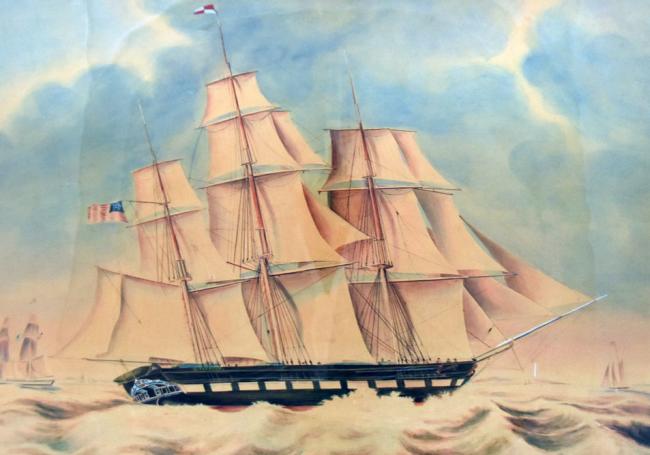
19 June 1838
Georgetown University makes an agreement to sell 314 enslaved people to Louisiana plantation owners, Jesse Batey and Henry Johnson.
13 November - 6 December 1838
Many of those sold during this sale are transported to Louisiana on the Katherine Jackson.
January 1853
Jesse Batey’s estate is divided up and sold following his death. All of West Oak Plantation and the enslaved living and working there were sold to Washington Barrow and his son John Barrow. Many of the GU272 are named as still residing at West Oak during this sale.
27 March 1856
The estate of John Barrow, including West Oak Plantation, are put up for sale following John Barrow’s death. Many of the GU272 are included by name as a part of the sale of the plantation.
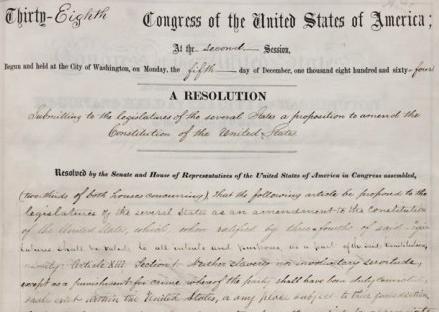
1 January 1863
President Abraham Lincoln issues the Emancipation Proclamation freeing all slaves within states in rebellion against the Union.
18 December 1865
Ratification of the 13th Amendment to the United States Constitution which abolishes slavery across the United States.
24 December 1865
Ku Klux Klan is formed by six confederate veterans in Pulaski, Tennessee.
1865-1866
“Black Codes” are passed by all legislatures in the former confederacy intending to restrict the freedoms of African Americans.
28 July 1868
Ratification of the 14th Amendment which defines citizenship and overturns the Dred Scot decision.
3 February 1870
Ratification of the 15th Amendment giving African American men the right to vote.
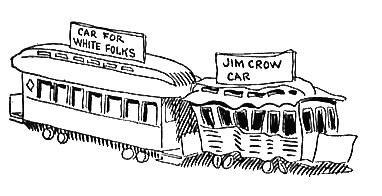
31 March 1877
End of Reconstruction which removed any remaining federal soldiers that were stationed in the south. Without protections in the south, this open the door for southern states to place heavy restrictions on African Americans in the south.
1879
Thousands of African Americans in the deep south begin to move to Kansas and other western states known as the Great Exodus and those participating were known as Exodusters. This movement out of the south would increase dramatically in future decades.
1881
Tennessee passes first “Jim Crow” segregation law segregating state railroads. Prior to this, the state had statutes segregating schools and anti-miscegenation laws, but this was the first segregating a public space. This would start 15 years of similar segregation laws across the south.

1894
Louisiana enacts anti-miscegenation statute prohibiting marriage between white persons and persons of color.
18 May 1896
Plessy v. Ferguson supreme court case ruled racial segregation was constitutional so long as it was “separate but equal.”
1910-1970
The Great Migration or Great Northward Migration of millions of African Americans out of the oppression of the south.
1921
Louisiana housing statute prohibits white families and families of color from living in the same dwelling place.
1932
State Code in Louisiana outlawed interracial marriages and nullified interracial marriage if the parties went to another jurisdiction where such marriages were legal. Also prohibited African Americans and American Indians from marrying.
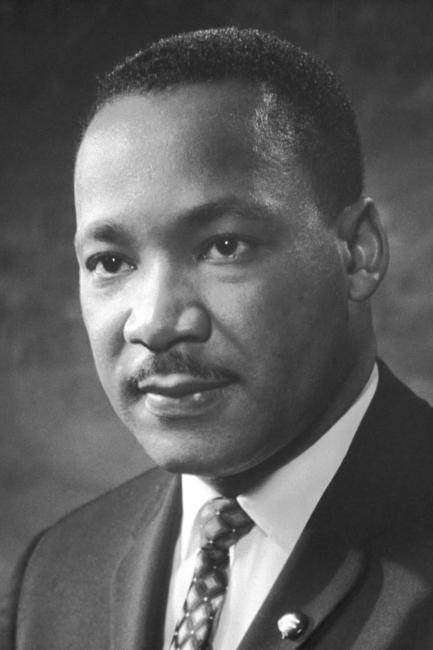
17 May 1954
Brown v. Board of Education Supreme Court decision rules segregation is unconstitutional. This begins the desegregation of the south.
1954
Immediately after the Brown decision, Louisiana amended its state constitution to state that all public and elementary schools would be separate for black and white children.
1 December 1955
Rosa Parks is arrested for refusing to give up her seat to a white man on a city bus.
10 January 1957
Martin Luther King, Jr. with others set up the Southern Christian Leadership Conference, spearheading the Civil Rights Movement.
1960
Louisiana statute required that the race of all candidates on voting ballots be designated.
2 July 1964
The Civil Rights Act is signed into law which prohibits discrimination of all kinds.
6 August 1965
Voting Rights Act is passed which prohibits practices in the south to prevent African American’s from voting.
4 April 1968
Martin Luther King, Jr. is assassinated in Memphis, Tennessee.
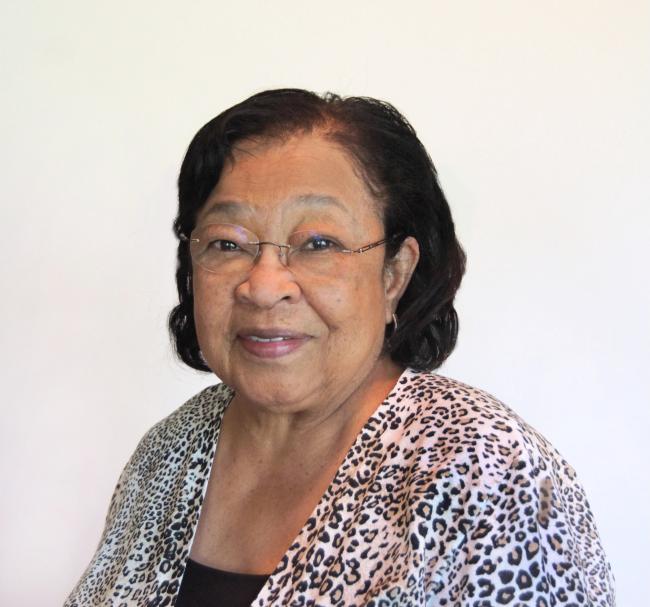
1993
Robert Emmett Curran’s The Bicentennial History of Georgetown University, detailed the Universities relationship with Slavery. This served as the impetus for faculty and student to publish archival material related to Georgetown’s history of slavery.
2004
Patricia Bayonne-Johnson discovers with the help of Genealogist Judy Riffel, that her Iberville Parish, Louisiana ancestors, Nace and Biby Butler, were once enslaved by Jesuit Priests at Georgetown University.
4 November 2008
Barack Obama becomes the first African American to win the election for presidency of the United States. He took office 20 January 2009.
2014-2016
Matthew Quallen, an undergraduate history major at Georgetown writes several articles in the student newspaper about the university’s history of slavery.
September 2015
Georgetown University’s President John J. DeGioia formed the Working Group on Slavery, Memory, and Reconciliation. In the wake of reopening a renovated building named for Rev. Thomas F. Mulledy, the president of Georgetown who orchestrated the sale of the GU272, the working group was tasked with determining how the university should “acknowledge and recognize Georgetown’s historical relationship with the institution of slavery.” (DeGioia, 2015).
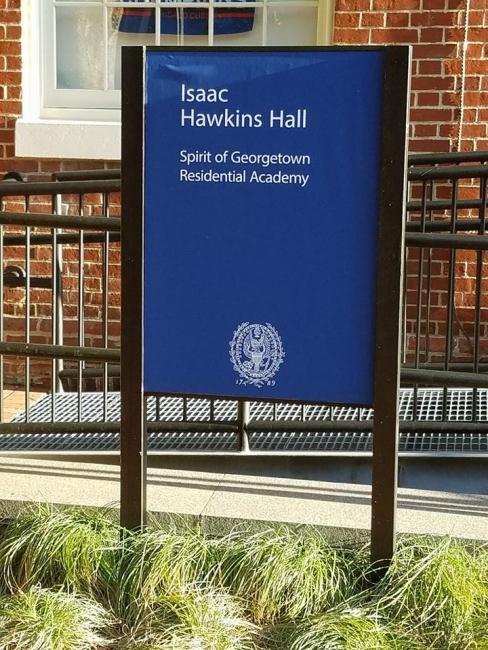
November 2015
Students at Georgetown University begin protesting the names of buildings on campus for the Priests responsible for the sale.
2015 – 2016
The Georgetown Memory Project is founded by Georgetown alumnus, Richard Cellini, as an independent nonprofit working to identify the GU272 and their descendants.
16 April 2016
Rachel L. Swarns article in the New York Times on the sale, the student protests, and the renaming of two campus buildings brings national attention to the story.
Fall 2017
Two GU272 descendants, Mélisande Short-Colomb and Shepherd Thomas, matriculated at Georgetown.
11 April 2019
Students at Georgetown University vote to pay a fee of $27.20 per student per semester to create a fund to benefit descendants of the slaves sold by Georgetown in 1838. The measure still must be approved by the university.
Source List:
Adam Rothman, “Reckoning with Slavery at Georgetown,” Diversity & Democracy, (Summer 2018), Vol. 21, no. 3. https://www.aacu.org/diversitydemocracy/2018/summer/rothman
Rachel L. Swarns, “272 Slaves Were Sold to Save Georgetown. What Does It Owe Their Descendants?” New York Times, (April 16, 2016). https://www.nytimes.com/2016/04/17/us/georgetown-university-search-for-slave-descendants.html
Report of the Working Group on Slavery, Memory, and Reconciliation to the President of Georgetown University, (Washington, DC: Georgetown University, 2016). http://slavery.georgetown.edu/wp-content/uploads/2016/08/GU-WGSMR-Report-Web.pdf.
“Jim Crow Laws: Louisiana” sourced from “The History of Jim Crown,” 25 Novemb
